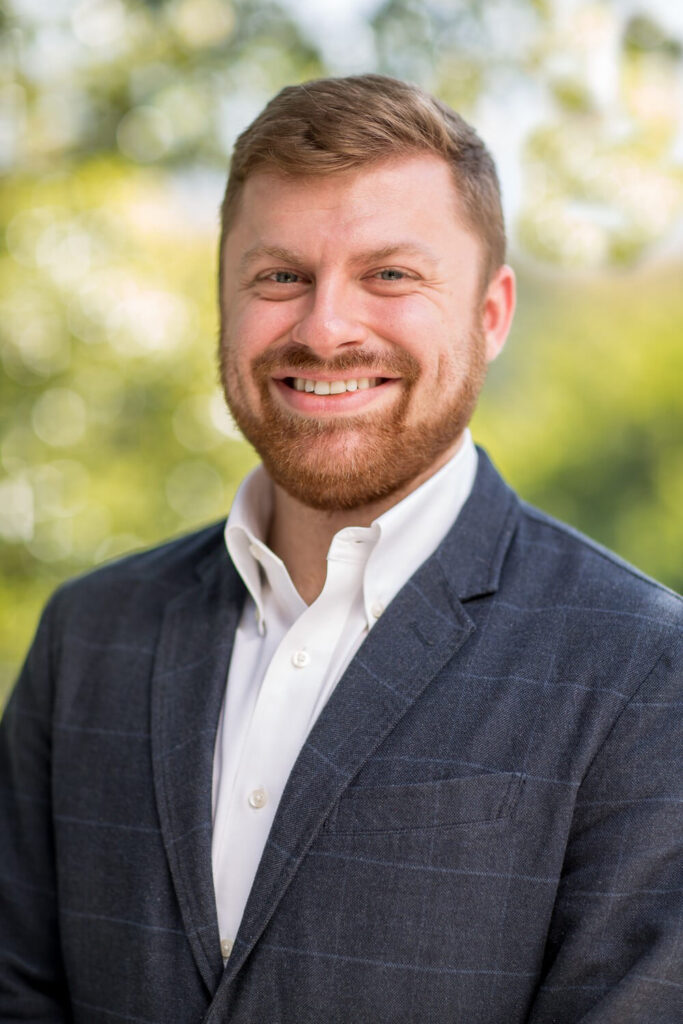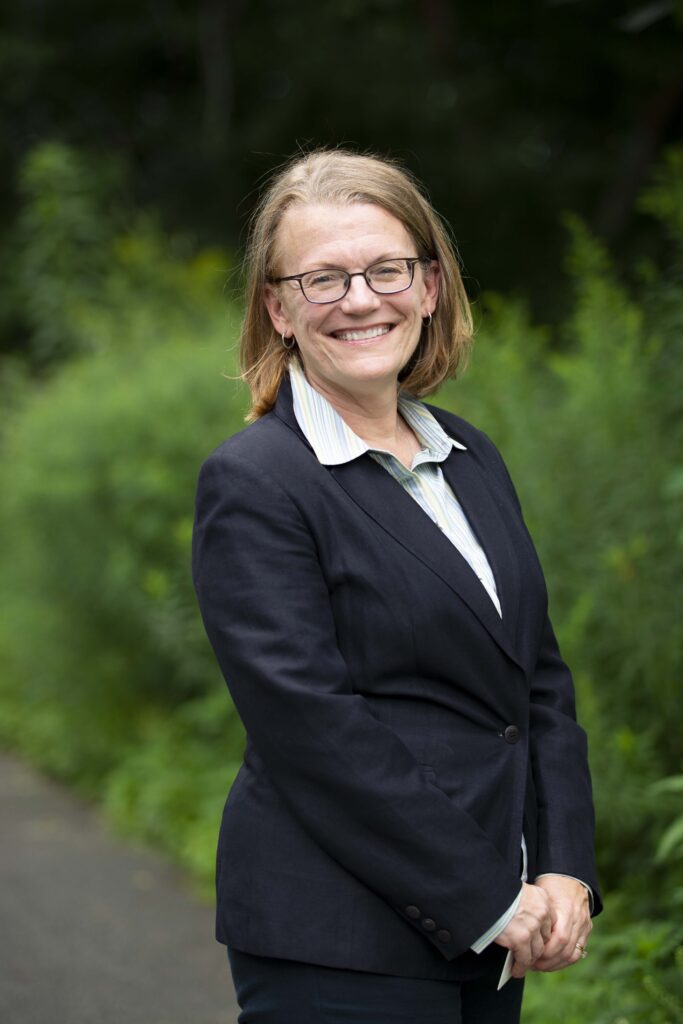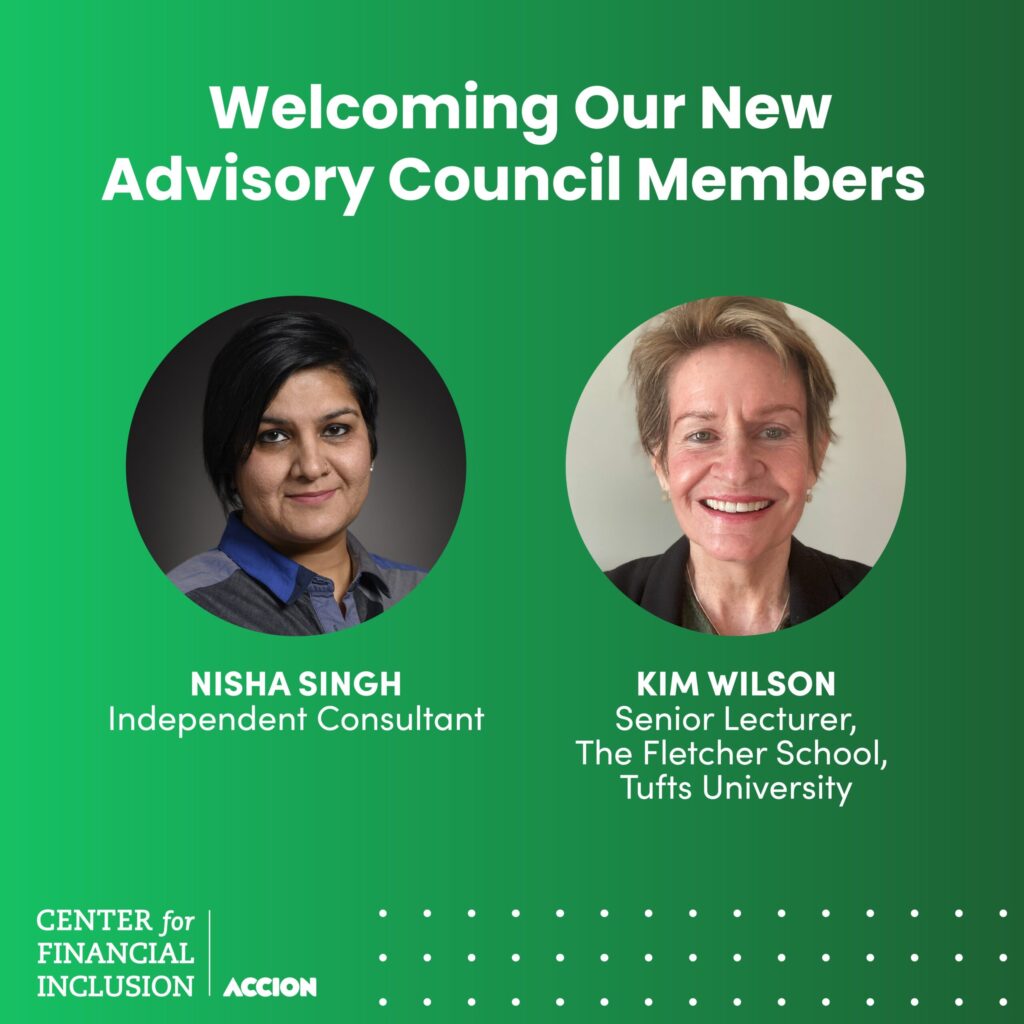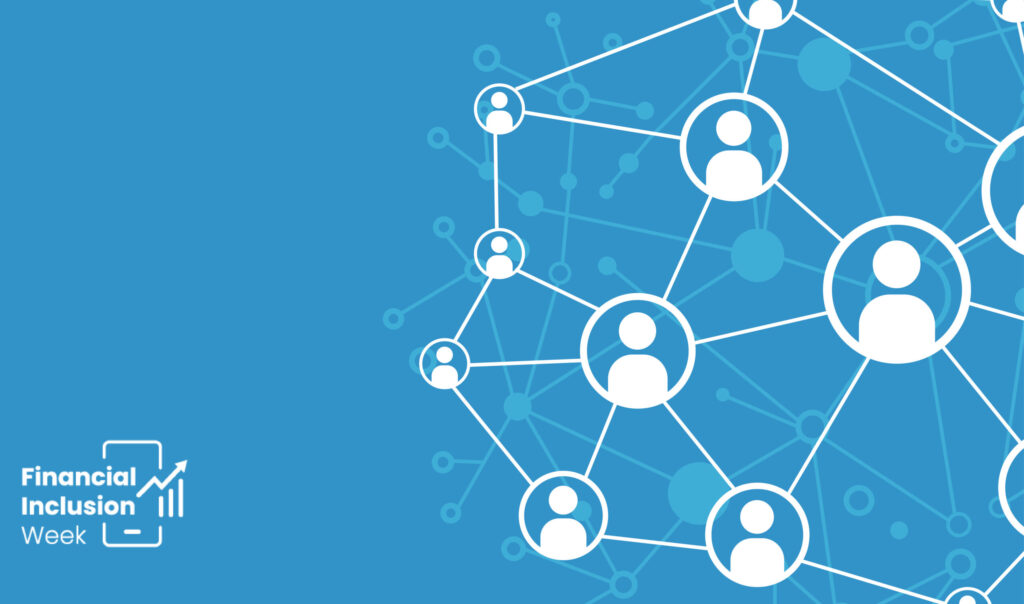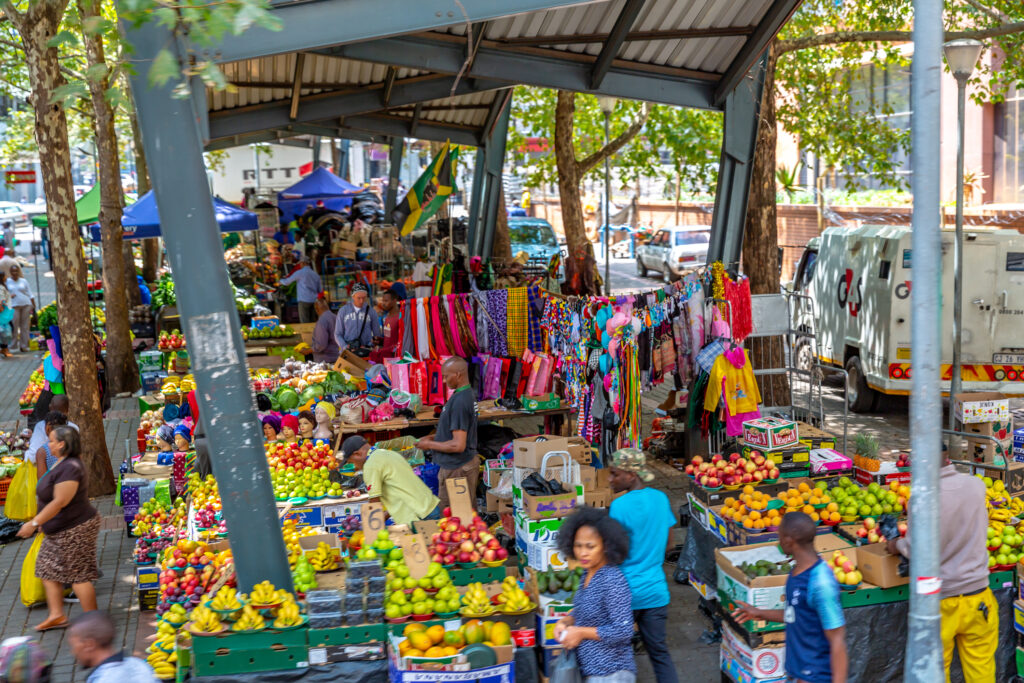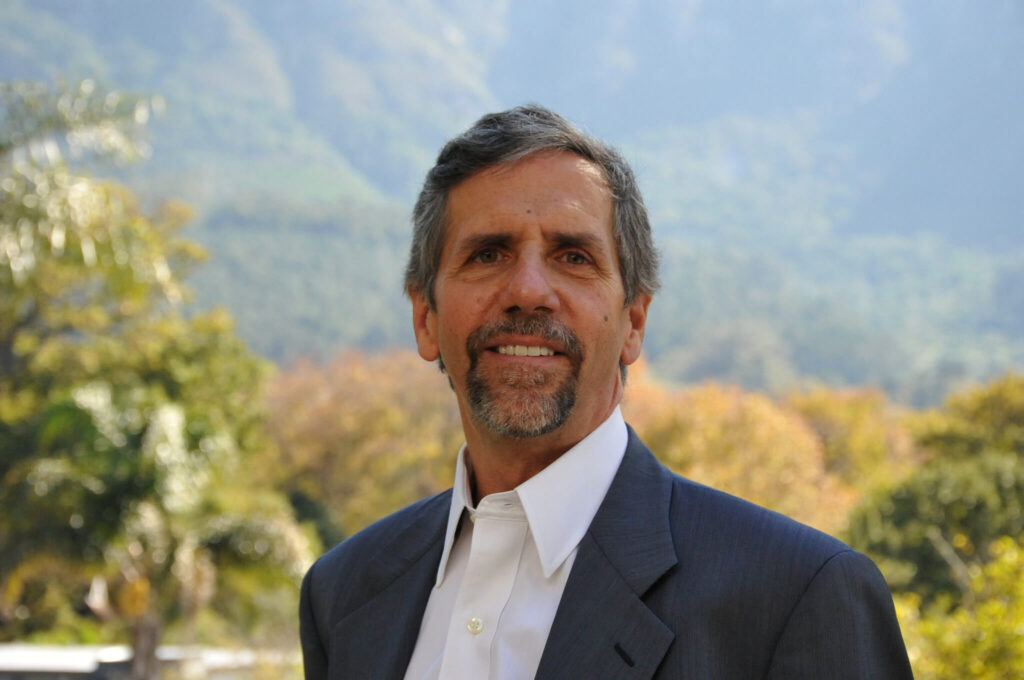
Microfinance began in its early days as a novel approach to economic development with a focus on making loans to low-income customers using social collateral. No longer niche, microfinance has reached millions of customers around the world and helped demonstrate that low-income people are, in fact, bankable. Fast forward to today, when microfinance is now but a subset of a diverse range of financial service providers targeting low-income customers.
How did we get here and what happens next for microfinance? CFI recently sat down with one of the editors of a new book that seeks to answer that question.
Paul DiLeo, Managing Director of Grassroots Capital Management and former faculty member of CFI’s governance training programs in Africa, coedited “The Future of Microfinance,” with Ira Lieberman, Todd Watkins and Anna Kanze. The book was born out of a workshop at Lehigh University and includes contributions from more than twenty leading authorities in the field. Together, they tell the important story of how microfinance developed and how it has met the needs of hundreds of millions of people. They also set forth answering questions about how it can continue to meet those needs.
Why did you publish this book?
PD: The coeditors and I felt that, somewhat paradoxically, as microfinance has consolidated its position to be an integral component of national financial systems around the world, its visibility has diminished. Its success — and setbacks — hold important lessons for the broader financial inclusion and impact investing communities at a time when market-based solutions to pressing social and environmental challenges are receiving so much attention. The microfinance experience can be useful in helping these initiatives achieve timely success and avoid pitfalls. Also, while not a consideration when the bulk of the book was written, it also offers some guidance on the essential value we have to preserve as microfinance navigates the pandemic.
Looking back on microfinance’s history, what are some of the key milestones or accomplishments?
PD: In the early days, microfinance started to demonstrate that poor people didn’t pose an insurmountable credit risk; they were not unbankable and they were not uncreditworthy. From there, the industry moved to prove that the institutions serving microfinance clients can operate sustainably and that they aren’t preponderantly dependent on subsidized or concessional financing. Further, the funding going into the microfinance industry began to evolve to a broader range of financing – from grants and heavily subsidized capital, to purely commercial capital. From there, microfinance institutions (MFIs) began taking on more of the substance of financial institutions from a regulatory, supervisory, and governance standpoint.
What’s interesting is how microfinance has become less of a “headline topic.” In other words, microfinance is now part of the mainstream landscape just like every other sort of subcategory of financial institutions. Microfinance is no longer this idiosyncratic oddity that people can write “whoever imagined this” articles about.
Microfinance is no longer this idiosyncratic oddity that people can write “whoever imagined this” articles about.
However, there is a downside. Microfinance was never intended to become “mainstream.” It was always intended to be distinctive from everything else in conventional financial services.
I’m sure if I asked you in January, your answer would be much different, but how would you describe the chapter of microfinance we’re in now?
PD: I think this chapter poses the question of whether microfinance can preserve its essential differentiation: does it retain its priority commitment and distinctive character to continue to serve poor people? Some institutions do it more efficiently, do it more profitably, achieve greater scale, so there’s nothing distinctive about microfinance in those dimensions. What distinguishes microfinance is the priority to develop products and services along with the ability to find ways of reaching and innovating for their clients.
Microfinance derives a substantial proportion of its value through relationships that accrue to the client rather than being captured and maximized for the benefit of the financial intermediary. This isn’t a new concept, but the current situation resulting from COVID is going to put this topic in focus because inevitably you’re going to see a lot of mergers. We’ll have to keep an eye on the character of the fewer institutions that survive.
On the topic of consolidation, the book mentions how, in competitive markets, like Peru or India, consolidation is much faster than in less saturated markets. Do you see COVID accelerating consolidation, and if so, in which markets?
PD: Consolidation in the microfinance industry has always been a challenge because in many markets there are many smaller institutions that do not see the benefit, or feel pressure to achieve economies of scale. I think what may be different now, as opposed to previous crises, is that decapitalization is going to be faster and more severe, and the impact is affecting all institutions to a significant degree at the same time.
The wild card is what the regulatory authorities will do because in many of the less competitive markets a lot of these institutions may not be subject to strict regulatory capital requirements, which allow institutions to operate with relatively low levels of capital, or even negative net worth, while they wait and see if a brighter day comes. If regulators do not move to force consolidation, you could see the typical resistance to consolidation and, as a result, a lot of these institutions will continue to fight for survival. Whether consolidation is forced by regulators or not, funders could force consolidation, since they are the ones providing life support. Hopefully, the industry will keep in mind the importance of preserving what is distinctive about microfinance, rather than just trying to create the most profitable and efficient institutions.
The book mentions how many players in the space “have gone on to other endeavors like financial inclusion, which is closely related to microfinance, but not quite the same thing.” Do you think there’s still enough interest and, more importantly, enough capital to reinvest in microfinance?
PD: Unfortunately, some of the legacy investors in microfinance have declared victory and moved on because, from their perspective, microfinance is well established and has relatively good access to capital markets based on a solid business model developed through experimentation and trial and error over many years.
In one sense, there’s nothing wrong with these investors that ostensibly have a development objective moving on to support new models. However, in pursuing their mandates to address social and economic issues, they shouldn’t just move on to the next bright, shiny object in financial inclusion. They should continue to support and guide a proven model like microfinance as it scales to preserve social missions and achieve appreciable benefit to target populations.
Investors shouldn’t just move on to the next bright, shiny object in financial inclusion.
It’s a shame that many of these investors have essentially ceded responsibility for preserving what they played a large part in creating. Instead of saying “it’s not our role anymore,” those funders can recommit and play an outsized role in preserving the character and integrity of microfinance. Just because you have succeeded in developing and nurturing a business model like microfinance, doesn’t mean your responsibilities are over.
From a governance perspective, what are some considerations microfinance investors and executives should keep in mind as the industry continues to grapple with COVID-19?
PD: It’s important to re-emphasize that leaders in management and boards need to look at both the financial stabilization of their institution and the implications for clients to determine their response.
For example, accelerating the shift to more digital channels may be an obvious response to COVID, but we need to ensure that we aren’t leaving certain client segments – rural, illiterate, older, women – behind.
We may feel pressure to quickly achieve pre-COVID levels of profitability, but this urge should be resisted if it means abandoning certain clients, products or research that are core to our social mission.
There’s a chapter written on the need to refocus on the client. Do you think the industry has moved away from focusing on customer centricity to something like product development?
PD: The book has a line that states most MFIs understand the poor, which helps them better serve the poor; however, we must make a distinction between the product and the client. There’s a lot of outfits that understand the poor very well, like lotteries, gambling casinos, and payday lenders. They can devise products that extract as much value as possible from the poor. The issue here is not just understanding the poor: it’s about what institutions do with that knowledge, the objective of learning about their vulnerabilities, and what they need.
MFIs have a huge amount of knowledge about the poor. MFIs understand the economic systems in which they operate as well as how the communities work and the characteristics of their value chains. That said, we must ensure we retain those strengths because if we move towards a more transactional relationship, we lose our ability to create meaningful value for customers and, instead, prioritize maximizing value extraction.
Do you have any recommendations to ensure the upcoming consolidation period is both responsible and maintains the ethos of client centricity?
PD: In our current context, I think one of the strengths of microfinance as a mature, established sector is that it has a diverse funder and shareholder base. Hopefully, these investors will recognize the crucial and, in many cases, unique role that microfinance can play in helping poorer, informal clients and communities weather the crisis. But for this to happen, legacy investors – the DFIs, philanthropies, social investors – who may have been diluted to low levels need to step up. MFIs exist to create value for their clients in a sustainable way, and legacy investors need to speak up and ensure that this character defines the way that the industry moves forward from COVID.
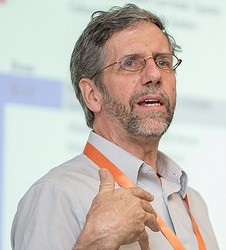
Paul DiLeoMFIs exist to create value for their clients in a sustainable way, and legacy investors need to speak up and ensure that this character defines the way that the industry moves forward from COVID.
